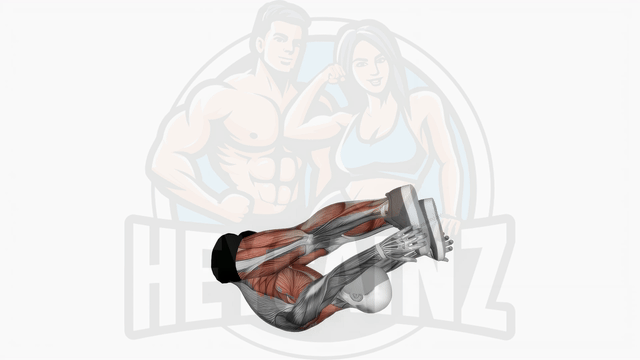
Instructions:
- 1Lie down on your back, raise your legs towards the head, and hold your feet by extending your arms overhead.
- 2Release your right leg and take it forward unless it becomes perpendicular to the floor.
- 3Place your free hand on your left calf and maintain balance.
- 4Hold for a while, return to the starting position, and repeat.
Tips:
- Keep your upper back on the floor throughout.
- Avoid folding your legs.
- Maintain a smooth breathing pattern.
Understanding the Control Balance Exercise
The Control Balance exercise is an essential movement that enhances stability and coordination, making it a favorite in various fitness disciplines, especially in Pilates. This exercise focuses on maintaining a balanced posture while engaging multiple muscle groups, promoting core strength, and improving overall body control.
In the realm of Pilates, Control Balance might also be referred to as Control Balance on Reformer when practiced on the reformer machine. This variation adds resistance, challenging your body further and increasing the effectiveness of the exercise.
The Importance of Control Balance Theory
The concept of control balance theory extends beyond physical exercise, encompassing psychological and sociological dimensions as well. In criminology, for example, control balance theory examines the relationship between an individual's control and vulnerability, offering insights into behavior and motivation. Understanding this theory can deepen one’s appreciation of the Control Balance exercise as it relates to overall bodily control and personal empowerment.
Benefits of the Control Balance Exercise
- Improves balance and coordination, essential for daily activities.
- Enhances core strength and stability.
- Promotes better posture, reducing the risk of injury.
- Allows for greater body awareness and control.
Tips for Performing the Control Balance Exercise
To maximize the benefits of the Control Balance exercise, keep the following tips in mind:
- Focus on Alignment: Ensure your body is aligned correctly during the movement to prevent strain.
- Engage Your Core: Maintain core engagement throughout the exercise to support your balance.
- Start Slow: If you are new to this exercise, start with modified versions to build your strength and confidence.
- Use Support: If necessary, use a wall or support to help maintain your balance until you feel more secure.
Incorporating the Control Balance exercise into your routine can significantly enhance your physical capabilities, making it a valuable addition for anyone looking to improve their fitness and balance. As you practice, you'll likely find improvements not only in your physical abilities but also in your mental focus and control.